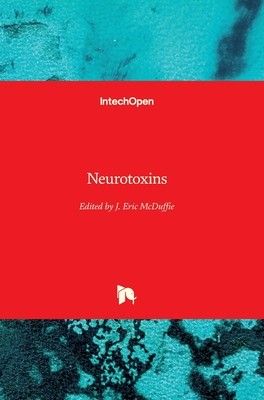
- We will send in 10–14 business days.
- Publisher: IntechOpen
- ISBN-10: 178923168X
- ISBN-13: 9781789231687
- Format: 17 x 24.4 x 1.1 cm, kieti viršeliai
- Language: English
- SAVE -10% with code: EXTRA
Neurotoxins (e-book) (used book) | bookbook.eu
Reviews
Description
Toxicologists seek to better understand the myriad of mechanisms responsible for neurotoxins. Because the incidence of neurobehavioral hazards and risks of exogenous compounds (e.g., natural toxins, synthetic molecules, and therapeutic agents) remain a subject matter of interest, predictive tools have evolved, including but not limited to novel translational in vitro models, biomarkers, newer epidemiological research tools, and well-accepted best practices for diagnosing neurotoxins in clinical practice. Taken together, the foreseen need to highlight some of the more appreciated and/or emerging tactical approaches in neurotoxicology results in a "one-stop reference" book, Neurotoxins.
EXTRA 10 % discount with code: EXTRA
The promotion ends in 22d.00:20:01
The discount code is valid when purchasing from 10 €. Discounts do not stack.
- Publisher: IntechOpen
- ISBN-10: 178923168X
- ISBN-13: 9781789231687
- Format: 17 x 24.4 x 1.1 cm, kieti viršeliai
- Language: English English
Toxicologists seek to better understand the myriad of mechanisms responsible for neurotoxins. Because the incidence of neurobehavioral hazards and risks of exogenous compounds (e.g., natural toxins, synthetic molecules, and therapeutic agents) remain a subject matter of interest, predictive tools have evolved, including but not limited to novel translational in vitro models, biomarkers, newer epidemiological research tools, and well-accepted best practices for diagnosing neurotoxins in clinical practice. Taken together, the foreseen need to highlight some of the more appreciated and/or emerging tactical approaches in neurotoxicology results in a "one-stop reference" book, Neurotoxins.


Reviews